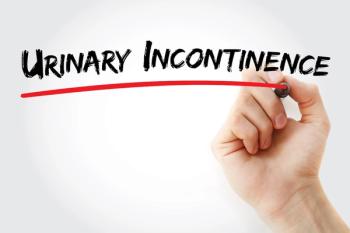
Revolutionizing NSCLC Care With Circulating Tumor DNA and MRD Assays
Divya Gupta, MD, assistant professor at Feinberg School of Medicine at Northwestern University, discussed the potential of using circulating tumor DNA and minimal residual disease (MRD) assays for personalized treatment in non–small cell lung cancer (NSCLC), while emphasizing the unmet need for effective second-line therapies for patients without driver mutations.
Divya Gupta, MD, assistant professor at Feinberg School of Medicine at Northwestern University, discussed the potential for personalized treatment approaches in
This transcript has been lightly edited for clarity.
Transcript
As we move toward more individualized treatment approaches, what advancements do you anticipate in monitoring and adapting treatment plans for patients with NSCLC?
I think the advancements that would be nice to see that I know are in development in early phases are really using things like ctDNA and MRD assays to truly personalize treatment. So for instance, it'd be awesome to see someone you know get surgery for their lung cancer, follow a minimal residual disease assay, or MRD assay, and use that to then dictate escalation or de-escalation of care afterwards. These are, obviously, early, early stages in development, but that would be one of the greatest advances in the field, for sure, if they were to come to fruition. I think MRD assays could be used in many situations beyond early-stage disease, like patients that have advanced-stage disease, if they look like they're in remission based off scans, but then you look at the MRD assay and you see, "Hey, there's detectable disease. Maybe I'm missing something." That could also help cater treatment. So I think that would be kind of an exciting thing to see in terms of evolution of the field.
In your opinion, what are the biggest unmet needs in the current NSCLC treatment landscape that need immediate attention?
I think the highest unmet needs are really for second-line treatments for patients that don't have driver mutations. So at this time, if you don't have a driver mutation, your standard first-line therapy is a combination of chemotherapy and immunotherapy. After that, these patients really just have chemotherapy as treatment options at this time, because for a lot of them, if they don't have the known driver mutations that have targetable drugs, they have chemotherapy, and that's about it. So I think it's really important to figure out what else we can offer these patients in the second line when they don't have targetable driver mutations. And as I mentioned before, I think just the development of targetable therapy will help hopefully target mutations that were not previously targetable.
Newsletter
Stay ahead of policy, cost, and value—subscribe to AJMC for expert insights at the intersection of clinical care and health economics.





























































